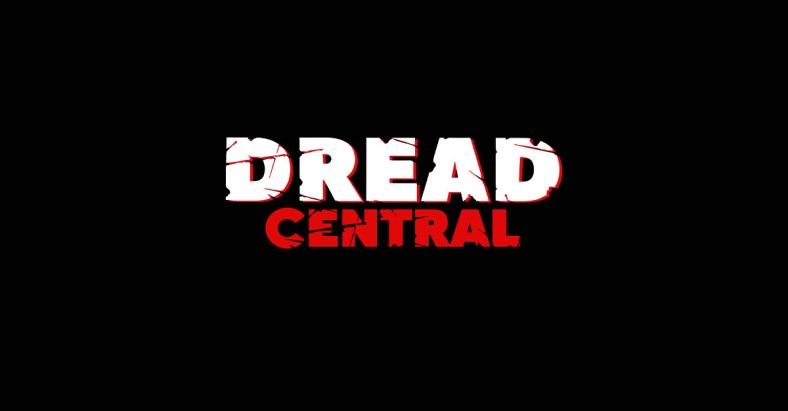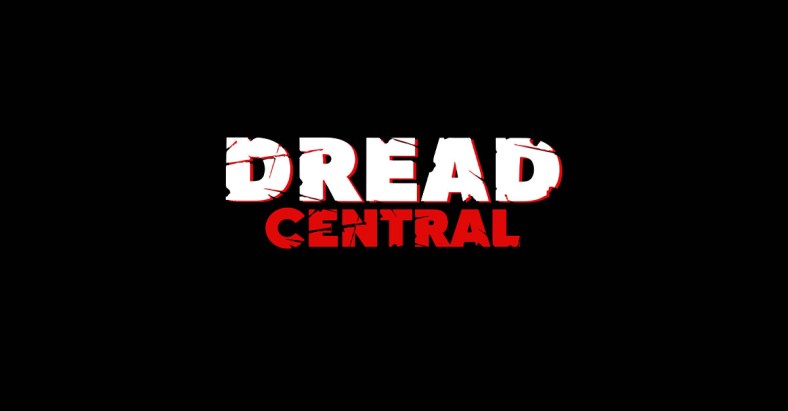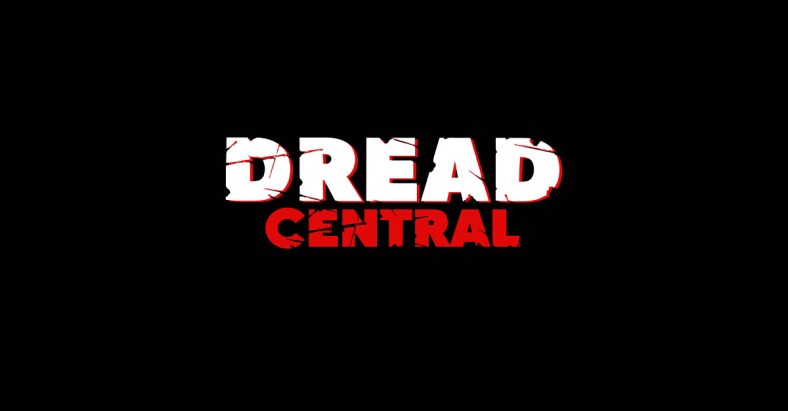Top 6 Reasons CELL Is a Much Better Movie Than It Gets Credit For


Our theme for December’s 31-Day horror challenge (aka#MonthOfDread) is “The End is Nigh”; every day, we’re featuring a new film that takes place either slightly before, during, or after an event of Apocalyptic proportions. Be they alien invasions, pandemics, or swarms of zombies, these movies force us to imagine a complete societal reboot, a disaster that completely levels the playing field for all of humanity.
Related Article: The End is Nigh: Dread Central’s 31-Day Horror Challenge for December 2018
The film for December 29th is 2016’s Cell, and I can already feel the heat coming down the pike for including it. There will always be divisive horror movies, polarizing films that aficionados either love or hate with almost no one occupying the middle of the spectrum; TheWitch, It Follows, and It Comes at Night are examples. But Cell isn’t so much divisive as it is universally despised. The film currently holds an embarrassingly low 12% Freshness Rating on Rotten Tomatoes.

Those of us who live and write horror began talking about a Stephen King Renaissance in 2017, exemplified by the trifecta that was IT, Gerald’s Game, and 1922. (We’ll be kind and completely ignore the trash fire of a TV series based on The Mist, as well as the clunker The Dark Tower). Though it may have cooled in 2018, expect the Stephen King Renaissance to resurge in 2019 with the releases of Pet Sematary and IT: Chapter Two in April and September respectively. Expect King Fever to burn hot through at least 2020 when we’ll see The Shining sequel, Doctor Sleep.
I’m going to submit the controversial assertion that the Stephen King Renaissance actual began in 2016 with Cell. Not only was the film unfairly marginalized at the time of its release (for whatever reasons), Cellis worth revisiting with an open mind, unencumbered by your past opinions or any semblance of a bandwagon mentality. If you need further convincing, check out my list below: The Top 6 reasons Cell is a much better film than it gets credit for.
If you’ve never seen Cell (perhaps dissuaded by the flood of negative reviews) bookmark this page for later and revisit it after you’ve seen the movie for yourself. You can find the synopsis and trailer at the bottom of the article.
Stephen King Wrote the Screenplay
Cell, directed by Tod Williams, isn’t just an adaptation of Stephen King’s novel Cell (released in 2006); King wrote the screenplay, making him an integral component of the film. Sure, this fact isn’t necessarily a selling point. King hated Stanley Kubrick’s TheShining, but that didn’t stop it from earning a place in the 20thCentury horror canon; he also wrote the screenplay for Maximum Overdrive (which he also directed), a film considered one of the bestselling author’s worst adaptations to date. But King also wrote the screenplay for 1989’s Pet Sematary, and that film most certainly benefited from his narrative and structural input.
King even changed the ending of
The 1408 Reunion

The Gore
The gore in Cell is extreme; it’s a film that earns its R-rating at just about every level. The opening airport sequence is nothing short of epic. We see a crowd instantly transformed into rabid 28 Day Later-style “zombies” and no punches are pulled. A woman slams her face into a wall, laughing manically while smashing her nose and teeth; a chef chases someone with a carving knife; a blind guy eats his fucking seeing-eye dog! On top of all that, we get a close-up plane crash that brings explosive mayhem to the mix (not to mention adding a satirical jab at the exaggerated dangers of using cell phones on airplanes).
But the epic opening airport sequence isn’t the only example of extreme gore in Cell. We get close-up, visceral violence at every turn. The sequence where Riddell and McCourt drive a truck over hordes of sleeping “zombies” is legitimately gut-churning (not to mention the fiery aftermath of their plan). From close-up blunt force trauma to CGI enhanced moments of pandemonium,
The Nihilism
Connections to The Dark Tower and The Stand
I’ve never read Cell, The Dark Tower Series, or The Stand, but even I could detect spokes to a larger shared universe created by Stephen King. The mysterious “Raggedy” man in red (played by Joshua Mikel) seems like a spiritual successor to The Dark Tower’s Man in Black and The Stand’s Randall Flagg: A harbinger of doom on par with Satan himself. All three are apocalyptic stories (as opposed to merely supernatural) and there’s even a Stand Easter Egg. Riddell’s flight to Manchester, New Hampshire is changed to gate “A6”, a reference to the virus that decimates the bulk of humanity.
The Orphan

Cusack and Jackson are supported by a talented cast throughout (even you, DJ Liquid), but Isabelle Fuhrman is especially awesome as Alice Waxman. Horror fans will most likely remember Fuhrman best as the adopted Russian child with daddy issues, Esther, in 2009’s Orphan. It’s nice to see her as an actual grown-up and I, for one, would like to see more of her in future horror movies.
Synopsis:
A graphic novelist (John Cusack) begins a desperate search for his estranged wife (Clark Sarullo) and son (Ethan Andrew Casto) after a mysterious cell phone signal transforms New Englanders into savage killers
So, what do you think? Have I changed your mind about Cell? Are you at least willing to give it a second look? Let us know in the comments below or on Facebook, Twitter, or Instagram!
Categorized:Editorials News

